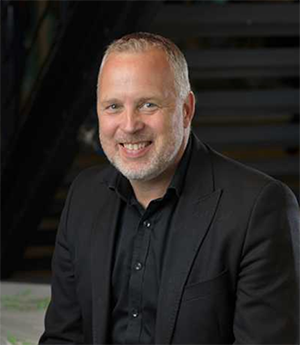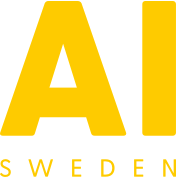AI challenges the Media industry
Artificial intelligence and automated services are precipitating major changes. For society and for industries. And journalism and the media are no exception. Data and AI-based technology are growing in importance for innovation and development. What opportunities and challenges does this pose to the news media?

With a focus on the future, AI Innovation of Sweden and the research and innovation programme, Media & Democracy, have jointly launched a pilot initiative together with a number of media groups. The goal is to establish and accelerate media-related, applied innovation focusing specifically on AI and data-driven journalism, business, product/production and distribution development.
The media operators will lead preliminary studies and projects in partnerships, and will also have the opportunity to participate in other cross-sector initiatives. “Our assessment and hope is that this investment will have a substantial impact on the innovation capacity of the media industry over time,” says Martin Holmberg, Programme Manager for Media & Democracy.
“It can be painful to accept”
The majority of media companies are already applying AI and automation in some form or other. But the scope varies. Examples include algorithms that prioritise and personalise websites and news feeds. Similarly, robots write and publish template journalism in “data-rich” areas such as finance and sports. AI can also be applied for other ongoing work such as image processing, editing, and research.
Daniel Nordström, editor-in-chief at Västmanland County newspaper, explained during the “AI and Journalism” seminar at Lindholmen Science Park in October 2019 that for Mittmedia, algorithms have proven to be more successful than editors when it comes to curating the home pages of the majority of news websites.“It can be painful to swallow and accept, but these are exactly the results we're seeing”.
“It can be painful to swallow and accept, but these are exactly the results we're seeing”.
Visitors are consuming more features, more digital subscriptions are being signed and fewer are being cancelled. The latter in particular, that is reducing customer losses, is a very high priority for the commercially financed news companies. When the supporting advertising business greatly diminishes, the focus is then put on digital media business as a matter of survival.
“Great interest is being shown in how media houses can develop their use of data and AI technology. But working with more data and AI drives calls for new knowledge, new ways of working and new thought patterns, including reflection,” says Martin Holmberg.
More forward-looking journalism
For journalism, more elements of data analytics and AI functionality could initiate a pronounced shift from more retrospective reporting to more forward-looking journalism. Having the tools and processes at your disposal for a completely new way of analysing and identifying patterns in large amounts of information is of great potential benefit for research and new journalistic approaches and services.
“Trust is a core value for the news media. That's why this example of questions and parameters is crucial to media companies when it comes to developing AI solutions.
At the same time, the new technology helps to identify new challenges. In addition to fundamental and major trust issues in terms of ethics and publishing, regulations, integrity and source protection, etc., data and new technology are also being used to promote disinformation and propagate fake news, which could have major consequences for society and democracy.
“Trust is a core value for the news media. That's why this example of questions and parameters is crucial to media companies when it comes to developing AI solutions. Transparency is a vital ingredient,” affirms Martin Holmberg.
About the project
Period: December 2019 - June 2021
Participants: Media & Democracy, Hall Media, Stampen Media, Sveriges Television and AI Innovation of Sweden.
Funding: The initiative is financed by Vinnova and the participating companies.


